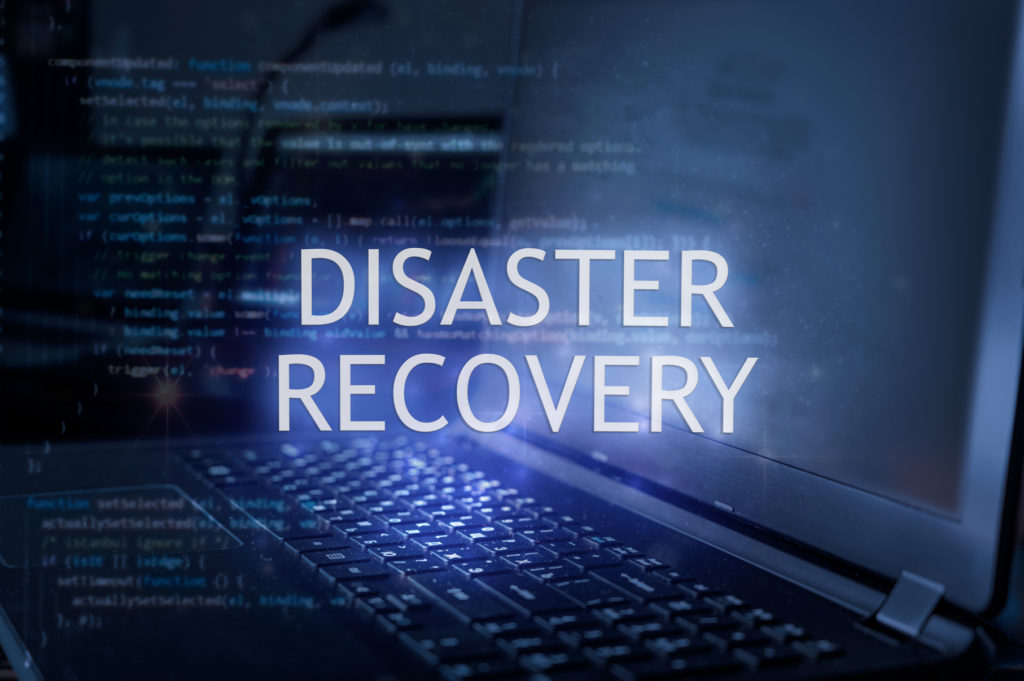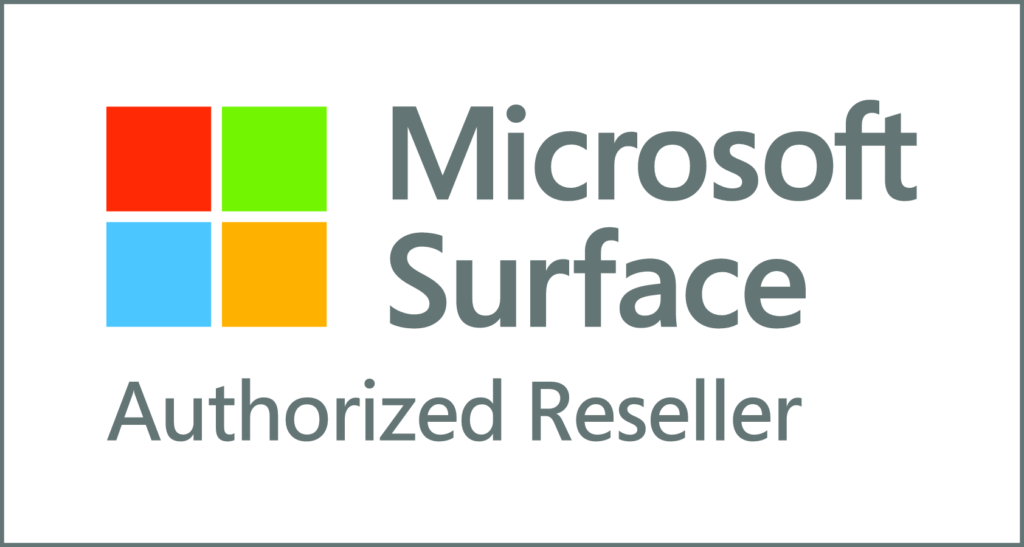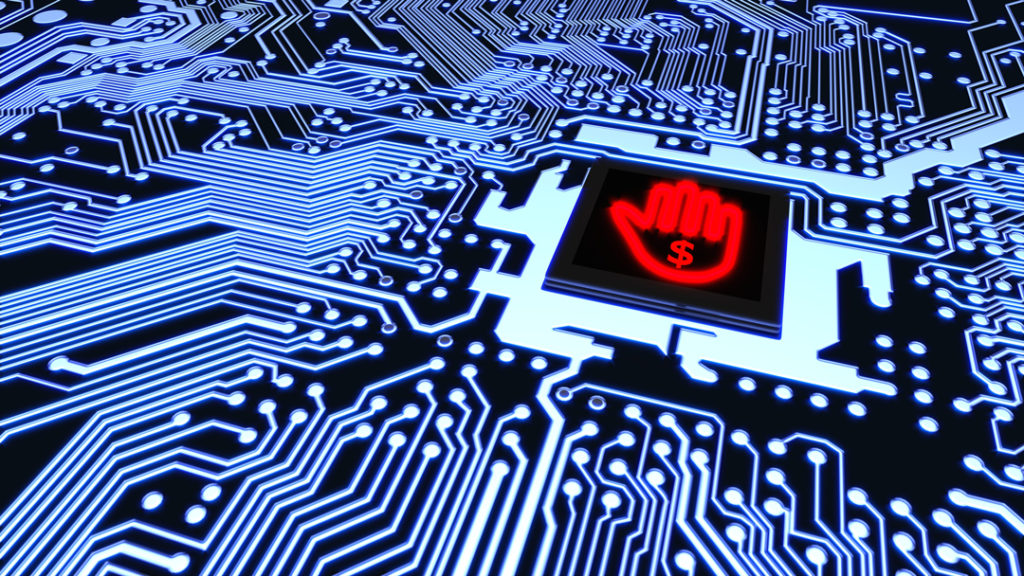Business continuity is a business’s ability to continue operating after an unexpected event disrupts business operations. Many different types of events can cause business interruption, such as natural disasters, man-made accidents, and equipment failures. Business continuity providers can help to manage your disaster recovery plan and protect your critical data.
DRaaS (Disaster Recovery as a Service) is a managed service that ensures business continuity when these events happen. In this blog post, we will discuss what DRaaS solutions are available for your business and how they will help protect your business data in the event of a disaster or network outage.
WHAT, EXACTLY, ARE BUSINESS CONTINUITY PROVIDERS?
Business continuity is a business’s ability to continue operating after an unexpected event disrupts business operations. Many different types of events can cause business interruption, such as natural disasters, man-made accidents, and equipment failures. Partnering with a business continuity provider will ensure your critical data is protected if something goes wrong.
WHAT IS DRaaS (DISASTER RECOVERY AS A SERVICE)?
DRaaS (Disaster Recovery as a Service) is a business continuity solution that ensures business continuity when these events happen. In this blog post, we will discuss what disaster recovery solutions are available for your business and how they can help protect your business data in the event of a disaster or network outage.
WHAT KINDS OF EVENTS CAN DRaaS PREVENT?
A well-crafted DRaaS solution can prevent many common events that disrupt your technology infrastructure, putting your data at risk.
- System Failures
- Human Error
- Attacks from Malware and Viruses
- 3rd Party Software Malfunctions
- Natural Disasters
- Theft
WHAT ARE THE DIFFERENT TYPES OF DRaaS SOLUTIONS?
There are three main types of DRaaS solutions:
- Cloud-based: This type of solution is hosted in the cloud and allows you to replicate your data to a remote location.
- On-premises: With this type of solution, business continuity is managed by the business’s IT staff.
- Hybrid: This type of DRaaS provides both cloud and on-premises data replication solutions to ensure business continuity during an outage or disaster.
WHAT ARE SOME BUSINESS SECURITY CONCERNS WITH IMPLEMENTING DRaaS?
While having your critical business data replicated to a business continuity provider’s data center is the best way to protect this data in the event of an outage or disaster, there are some security concerns business owners should address:
- Who has access to your business’s data?
- Is your business’s data encrypted while it is in transit and at rest?
- What happens if the business continuity provider experiences an outage?
- How often does your business conduct disaster recovery drills to test its DR plan?
By addressing these security concerns, you can ensure business continuity and the protection of your business’s critical data.
Questions you should ask potential business continuity providers should include:
- Do they offer a plan that fits within your budget?
- Do they offer customized solutions to fit your specific business needs?
- Do they provide security measures such as encryption and access control to prevent unauthorized access to sensitive business information?
HOW THE DRWORX DRaaS SOLUTION FROM TOTAL NETWORX WORKS.
DrWorx from Total Networx is the ideal solution for Disaster Recovery. Our technology enables you to retrieve all of your data even if your equipment is completely destroyed. Because DrWorx continuously monitors, verifies, and re-verifies all back-ups, we can restore your data almost immediately rather than spending days or weeks getting things back up and running.
To accomplish this, we deploy the DrWorx appliance at your location, which automatically backs up the entire IT infrastructure once or even multiple times a day. This information is then consolidated, encrypted, and sent to our secure off-site location. Thanks to multiple backups, we can restore all data to the last backup within hours of even a complete system failure.
THE COMPONENTS OF DRWORX
BACKUP:
Fast and reliable disk-based backup makes taking data off-site easier. When a drive is placed into the appliance, it is automatically mirrored to the master file. This includes the operating systems, applications, configuration settings, and data.
RECOVERY:
Extra emphasis on recovery time. From individual file restore to worst-case scenarios like bare-metal full restore to dissimilar hardware.
VIRTUALBOOT:
Virtually booting a backup of any server or workstation limits recovery to the time it takes to boot up a machine. This allows rapid recovery while waiting for replacement parts or service.
FILE AND FOLDER RECOVERY:
Quickly locate specific files and folders that have been corrupted or lost.
SECURITY:
Full AES 256-bit encryption, in-flight and at-rest. All data is secured by the highest protections available throughout the entire process.
VIRTUAL LAB:
The key to preventing disruption to your business operations is to anticipate any potential issues and eliminate them before they occur. Before new applications or configurations are added to the environment, virtual labs will help to work out bugs and errors in a self-contained environment.
CONSIDER A DRWORX SOLUTION FROM TOTAL NETWORX!
In this blog post, we have discussed what DRaaS solutions are available for your business and how they can help protect your business data in the event of a business interruption.
Partnering with qualified business continuity providers like Total Networx is the easiest way to protect your critical data from any unexpected event.
If you are interested in discussing your business continuity needs with one of our DRaaS specialists, please feel free to contact us at 952-400-6500. We look forward to hearing from you and crafting a DRaaS solution as your business continuity provider.
FAQs
Q: What is DRaaS, and how does it differ from traditional disaster recovery methods?
A: DRaaS, or Disaster Recovery as a Service, is a cloud-based solution that provides businesses with a comprehensive disaster recovery strategy.
Unlike traditional disaster recovery methods that require dedicated hardware and extensive manual processes, DRaaS leverages cloud computing to offer automated backup, replication, and recovery services.
This eliminates the need for on-premises infrastructure, reduces costs, and provides greater flexibility and scalability.
Q: What are the key benefits of implementing DRaaS for my business?
A: Implementing DRaaS offers several key benefits for your business, including:
- Improved Recovery Time Objective (RTO) and Recovery Point Objective (RPO): DRaaS allows for near-instantaneous data recovery and minimal data loss, reducing downtime and ensuring business continuity.
- Cost-effectiveness: DRaaS significantly reduces upfront investment and ongoing maintenance costs by eliminating the need for dedicated hardware and infrastructure.
- Scalability: DRaaS solutions can easily scale up or down based on your business needs, accommodating data growth and changes in infrastructure requirements.
- Simplified Management: DRaaS providers handle routine tasks like backup scheduling, testing, and monitoring, freeing your IT team to focus on strategic initiatives.
- Geographic Redundancy: DRaaS typically utilizes geographically diverse data centers, ensuring your data is securely replicated in multiple locations for enhanced data protection.
Q: Is DRaaS suitable for businesses of all sizes?
A: Yes, DRaaS is suitable for businesses of all sizes. Small and medium-sized businesses (SMBs) can benefit from DRaaS as it provides enterprise-level disaster recovery capabilities without the need for significant upfront investment.
Large enterprises can also leverage DRaaS to augment their existing disaster recovery strategies or simplify and consolidate their multiple backup solutions into a single unified platform.
Q: How secure is DRaaS, and what measures are in place to protect my data?
A: DRaaS providers prioritize data security and employ various measures to protect your data. These measures include:
- Data Encryption: Your data is encrypted during transit and at rest, ensuring its confidentiality.
- Access Controls: Strict access controls are implemented to ensure that only authorized personnel can access your data and systems.
- Redundant Storage: Data is stored in redundant storage systems to minimize the risk of data loss.
- Compliance Standards: DRaaS providers adhere to industry-standard compliance frameworks like GDPR or HIPAA to protect sensitive data.
- Regular Audits and Testing: Providers conduct regular audits and testing to identify vulnerabilities and ensure the effectiveness of their security measures.
Q: How does DRaaS support business continuity?
A: DRaaS plays a critical role in supporting business continuity by minimizing downtime and ensuring data availability in the event of a disaster. By leveraging cloud-based technologies, DRaaS provides rapid recovery capabilities, allowing businesses to resume operations quickly.
It also enables regular backups and replication, reducing the risk of data loss. With robust disaster recovery and data protection measures in place, businesses can maintain their operations, meet customer expectations, and mitigate financial and reputational risks associated with prolonged downtime.



